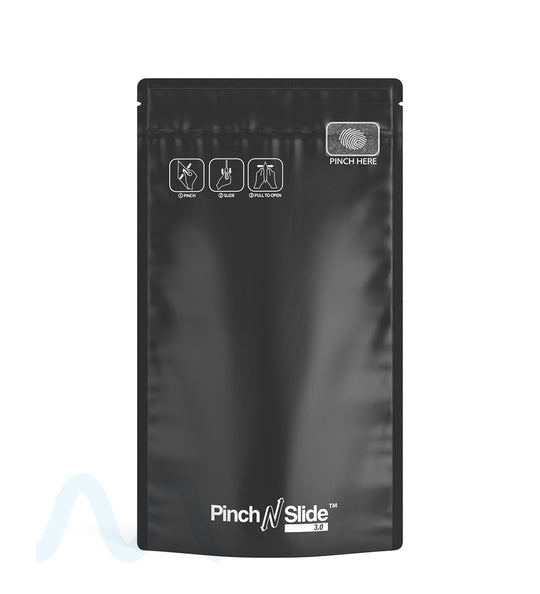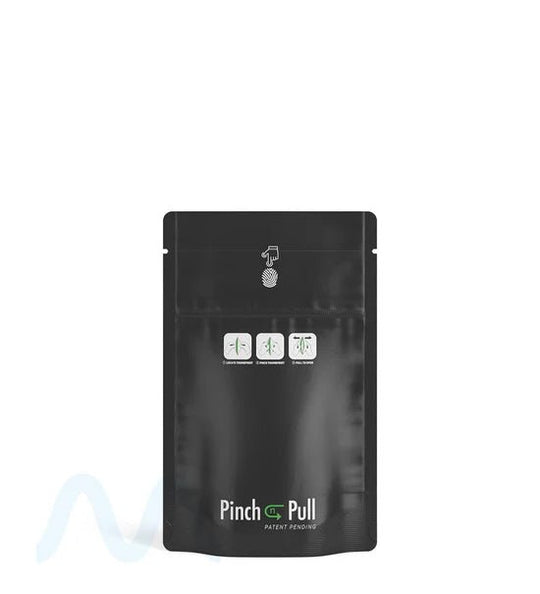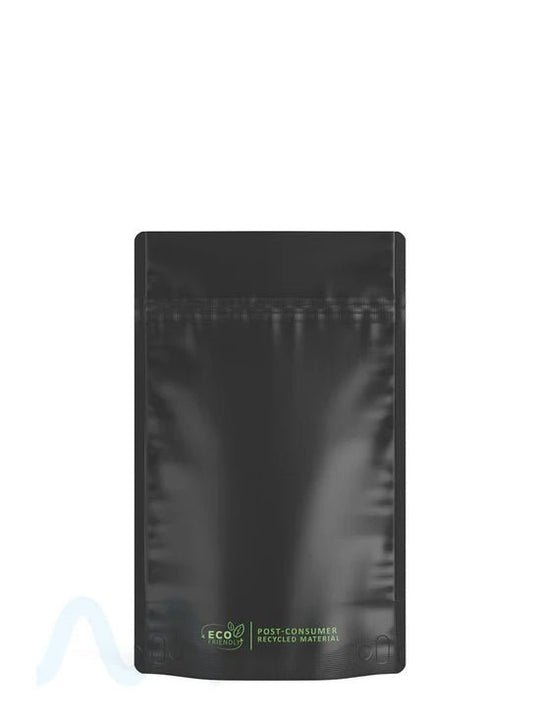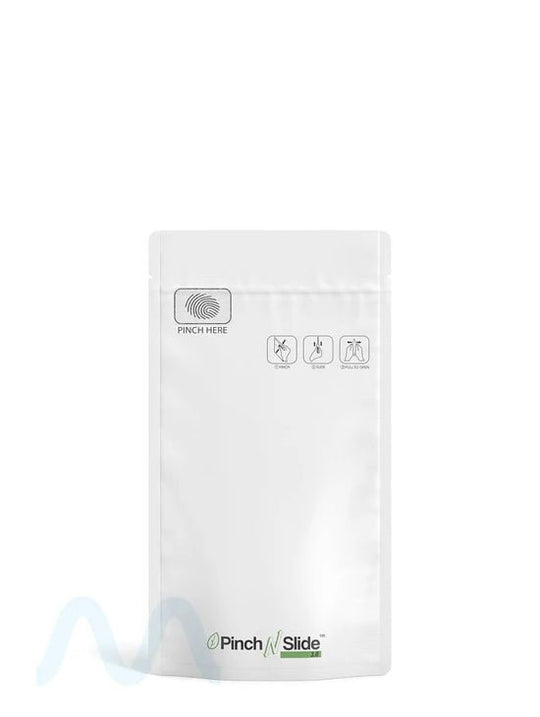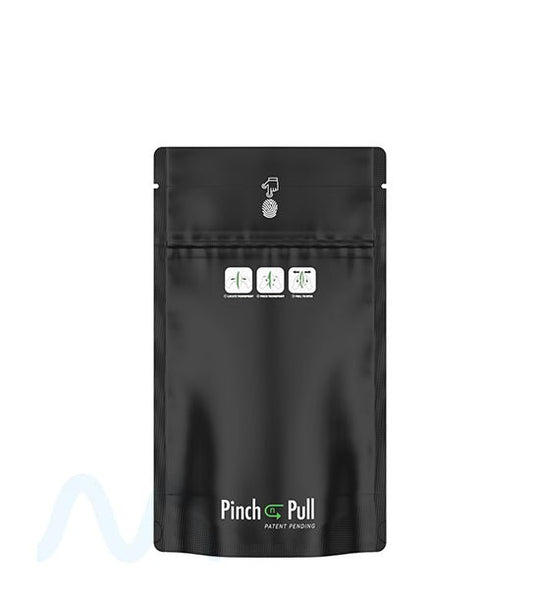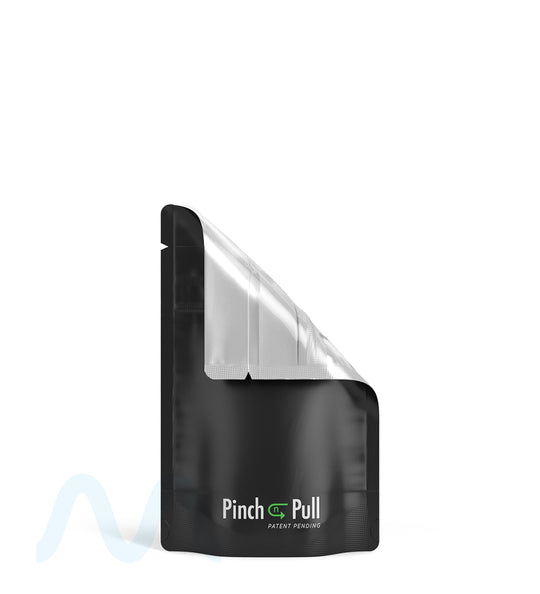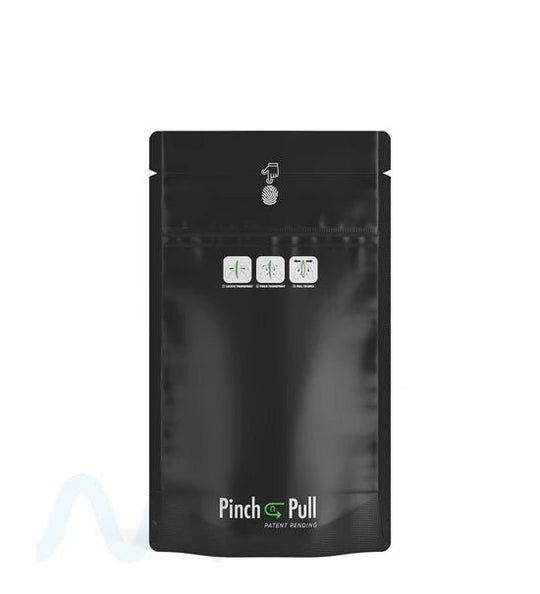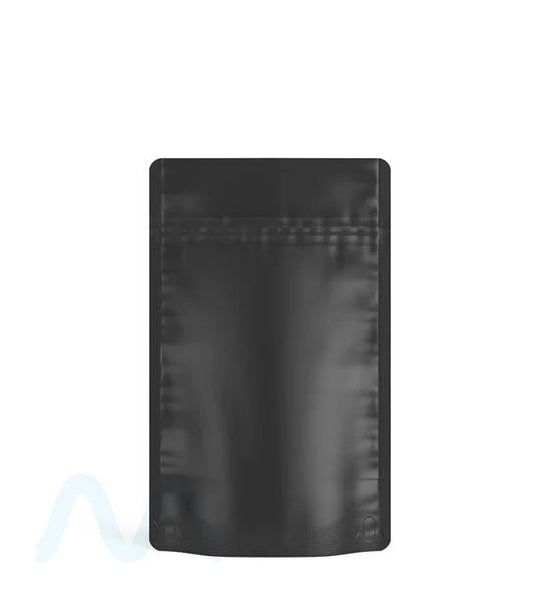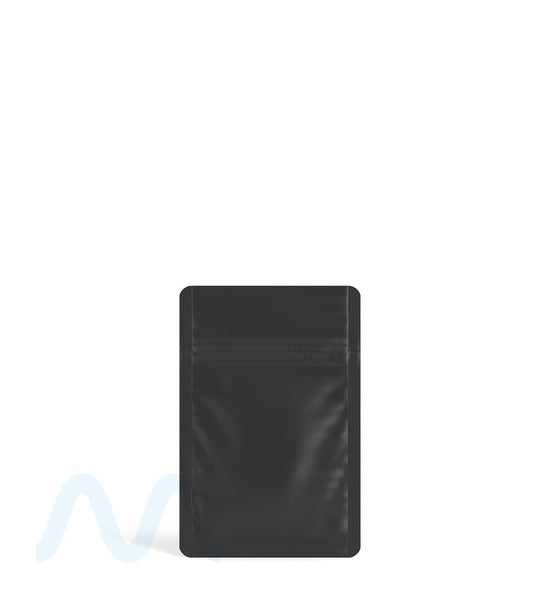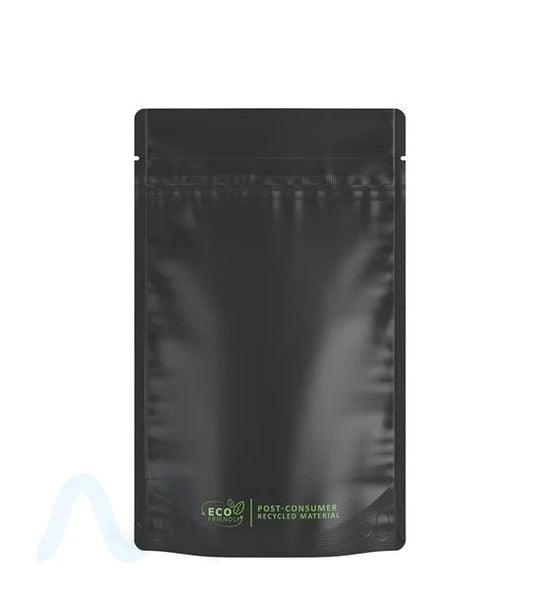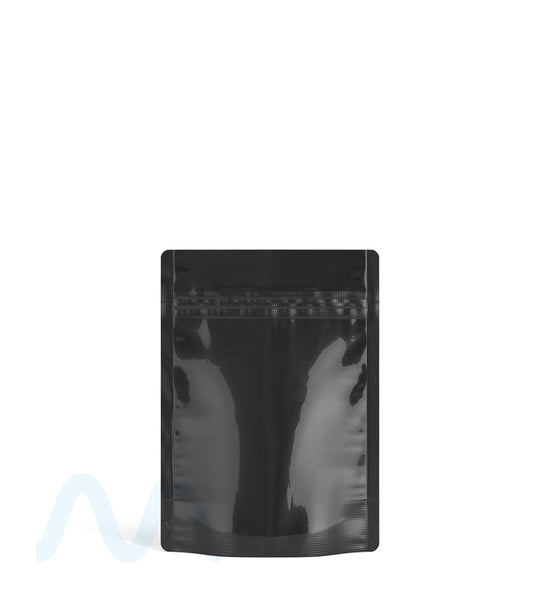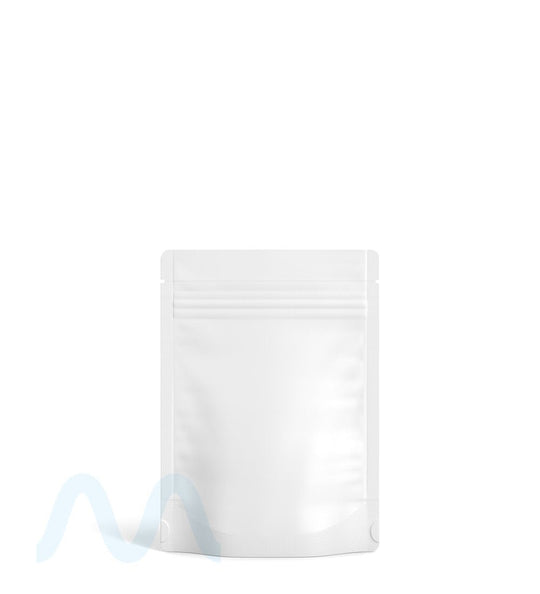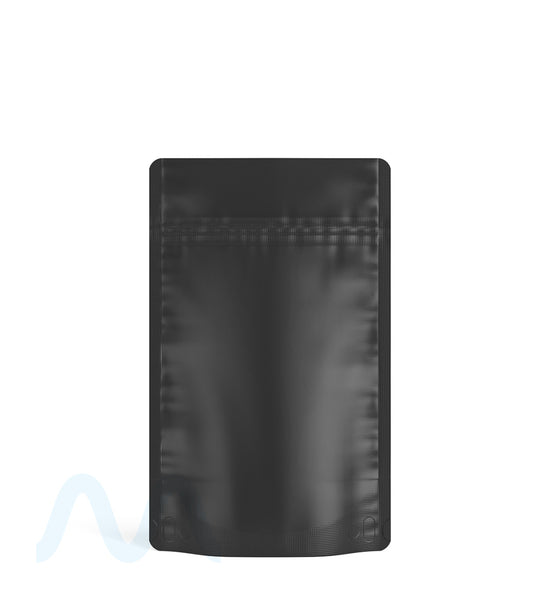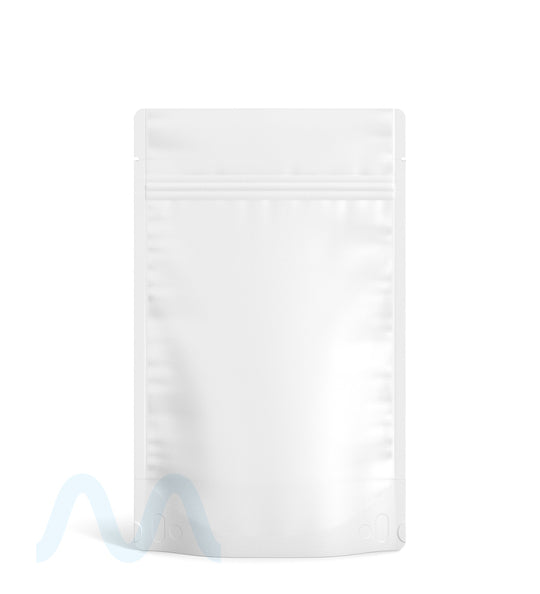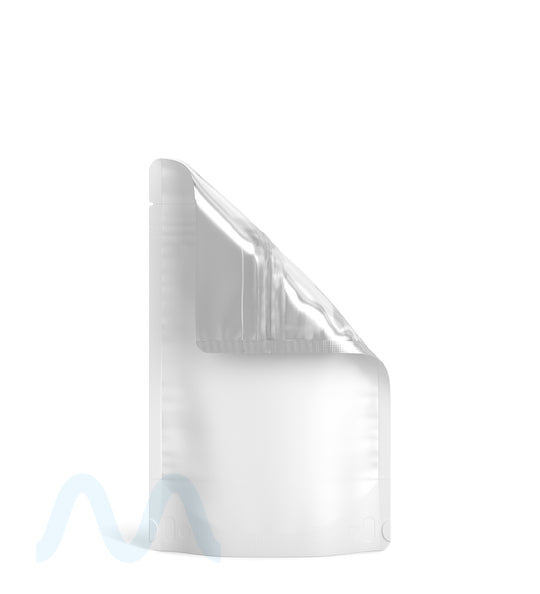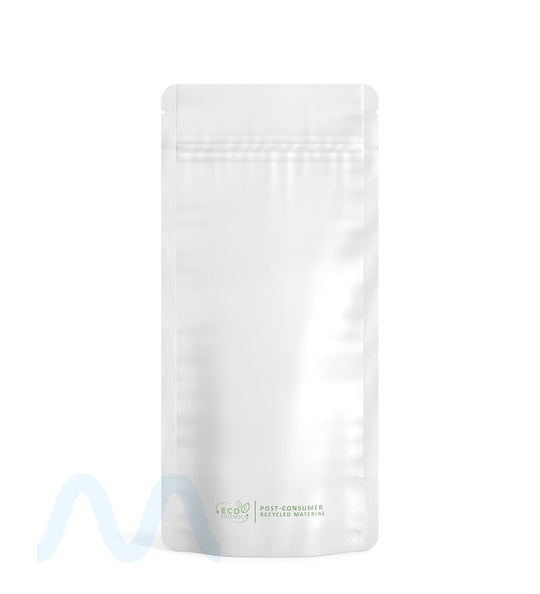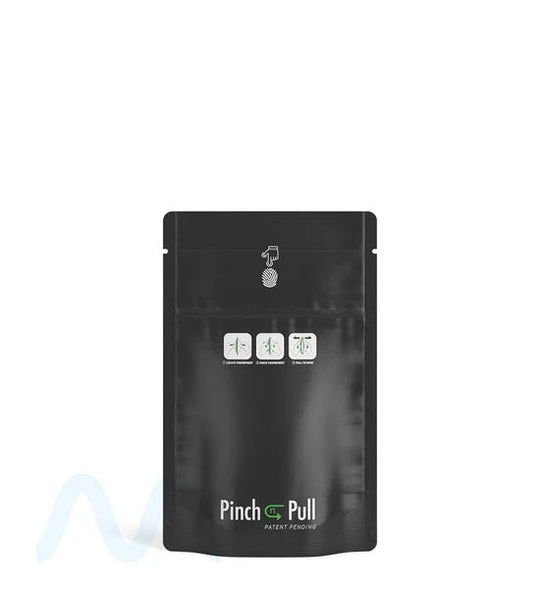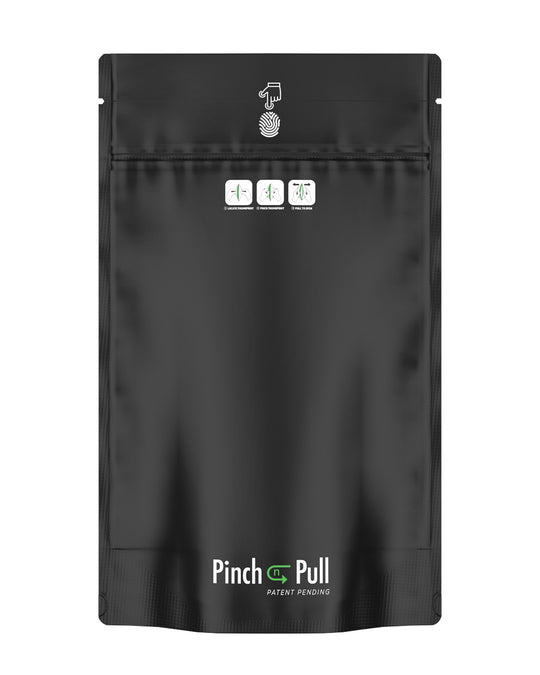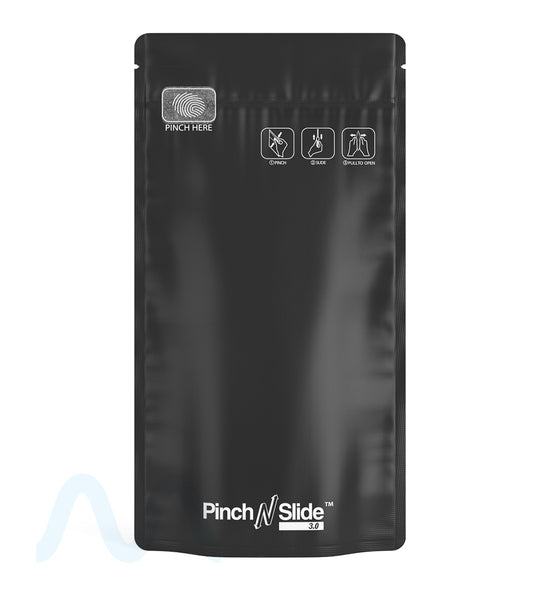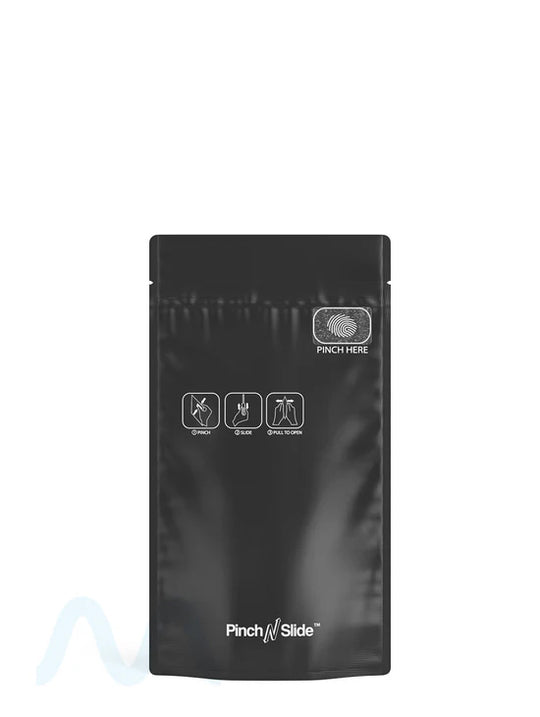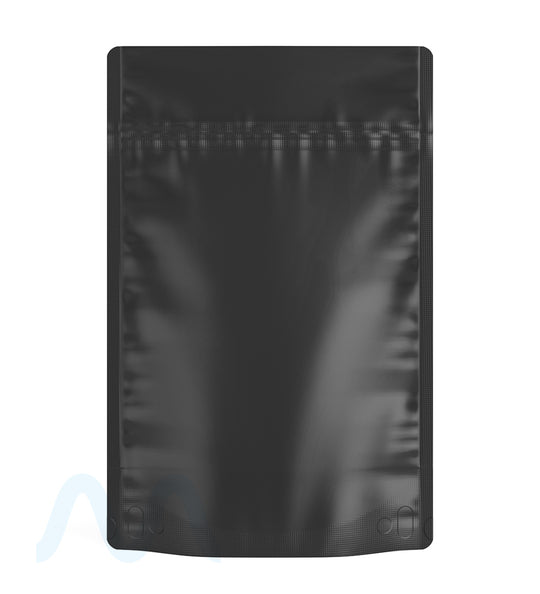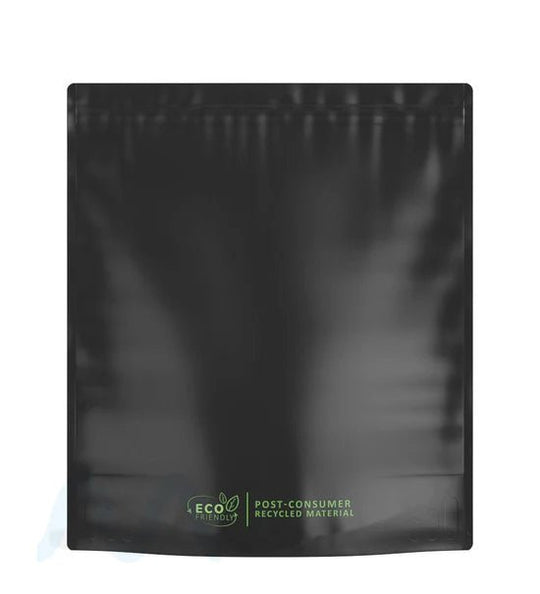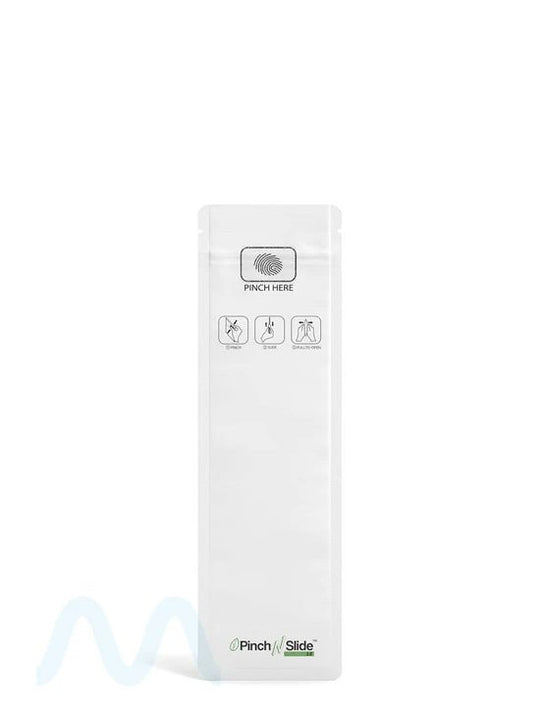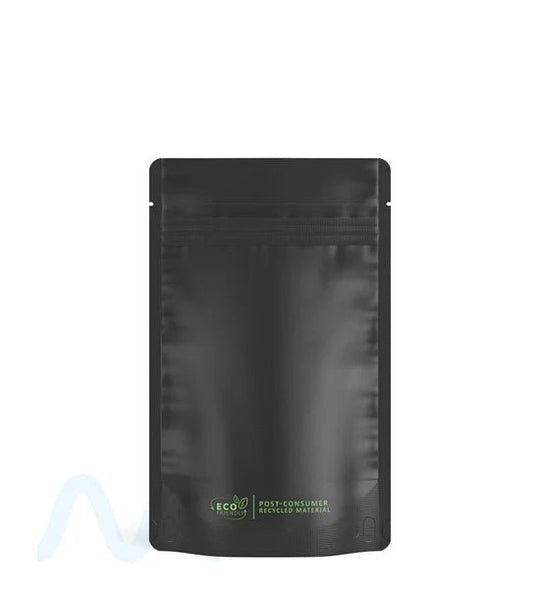Food Mylar Bags
Ensure your consumables stay fresh and appealing with our food Mylar bags. Designed to offer optimal protection against moisture, light, and oxygen, these bags help maintain product quality. Available in various sizes and designs at wholesale prices, these bags are perfect for preserving the freshness of your consumables.
Frequently Asked Questions About Food Packaging Bags
How To Open Food Packaging Bags
Our Mylar food packaging bags are tamper evident and child resistant. That means there are separate techniques used to keep the contents safe. Our tamper evident tear seals can simply be torn off. However, the child resistant packaging uses Pinch N Slide technology. Place your fingers on the labeled section for your thumb and index finger. Then slide your fingers in opposite directions, while keeping them placed in the assigned positions. This will break open the zipper seal, which can then be resealed.
How To Find Mylar Bags For Consumables Near Me
This is an easy one. Simply check out our website! Local options are often limited and can be subject to pricing regulations in your state. At Gamut Packaging, we have a LARGE selection and the most competitive pricing in the industry!
How To Seal A Retort Pouch
You will need to invest in a heat sealer when it comes to sealing a retort pouch. You may opt for a manual heat sealer, such as the Impulse 8” Poly Bag Machine, or an automatic device like the Continuous Horizontal Band Sealer. The latter can seal up to 30 bags in one minute! Use a heat sealer to professionally close your retort pouches.
Food Packaging Bags
Table of Contents
Food Bags: Essential Packaging for Product Protection
Food bags represent the cornerstone of modern food preservation and distribution systems. These specialized packaging solutions protect contents from environmental factors while extending shelf life and maintaining product integrity. The right food packaging bags can dramatically impact product freshness, consumer perception, and ultimately, brand success in the competitive food marketplace.
Quality food storage bags serve multiple critical functions beyond simple containment. They create barriers against moisture, oxygen, light, and contaminants that would otherwise compromise food quality. For producers and distributors seeking reliable packaging solutions, food packaging options must balance protection with practicality, sustainability, and visual appeal.
The evolution of food packaging technology has introduced materials and designs that address specific preservation challenges across various food categories. From coffee to confections, each product demands tailored barrier properties and structural considerations to maintain optimal quality from production through consumption.
Advantages of Mylar Bags for Food Storage
Mylar bags for food storage represent a significant advancement in preservation technology. These metallized polyester films create exceptional barriers against oxygen, moisture, and light penetration, making them ideal for long-term storage applications. The multi-layer construction of these specialized food storage mylar bags provides superior protection compared to conventional packaging materials.
Key Benefits of Mylar Food Storage
- Oxygen barrier properties that prevent oxidation and rancidity
- Moisture protection that maintains ideal product humidity levels
- Light blocking capabilities that prevent degradation of sensitive ingredients
- Puncture resistance for durability during handling and shipping
- Customizable sizing and formatting for diverse product requirements
For products requiring extended shelf life without preservative additives, mylar packaging provides an effective solution. Coffee producers particularly benefit from these properties, as demonstrated by specialized coffee bags designed to preserve volatile aromatic compounds that would otherwise dissipate in conventional packaging.
The versatility of mylar extends beyond dry goods. With appropriate structural modifications, these materials can accommodate liquid products such as sauces and condiments, often paired with complementary sauce bottles for complete packaging systems.
Food Packaging Pouches: Versatility Across Product Categories
Food packaging pouches have revolutionized the industry with their adaptability to diverse product formats. Stand-up pouches, flat pouches, and specialized configurations accommodate everything from granular products to viscous preparations. This versatility makes pouches an increasingly popular choice across multiple food categories.
Pouch Applications by Food Category
- Dry ingredients and baking mixes in resealable stand-up formats
- Snack foods in convenient single-serving tear-open pouches
- Sauces and condiments in spouted pouches for precise dispensing
- Specialty items like gummy packaging with child-resistant features
- Nutritional supplements including stevia packaging with moisture control
The structural versatility of pouches complements their functional benefits. Modern food packaging bags incorporate features like resealable zippers, tear notches, and specialized spouts that enhance consumer convenience while maintaining product protection. These features address evolving consumer expectations for packaging that delivers both protection and usability.
For products requiring rigid protection alongside flexible packaging, complementary solutions like food containers provide additional options. This hybrid approach allows brands to leverage the benefits of multiple packaging formats within cohesive product families.
Key Considerations When Selecting Food Storage Bags
Selecting appropriate food storage bags requires careful evaluation of product characteristics, distribution requirements, and consumer preferences. Each food category presents unique preservation challenges that must be addressed through specific material properties and structural features.
Critical Selection Factors
- Moisture sensitivity and required water vapor transmission rates
- Oxygen reactivity and necessary oxygen barrier properties
- Light sensitivity and UV protection requirements
- Physical protection needs including puncture and tear resistance
- Temperature stability during processing, distribution, and storage
Beyond these functional considerations, regulatory compliance represents a critical factor in food packaging selection. Materials must meet FDA standards for food contact safety, while structures may need to incorporate features like child-resistant closures for certain product categories.
For products requiring traditional presentation alongside modern protection, glass packaging solutions such as food jars provide compelling alternatives. Specialized options like honey jars and spice jars address category-specific requirements while maintaining classic visual appeal.
The preservation of fermented and cultured products presents additional challenges addressed through specialized packaging like kombucha jars and pickling jars. These solutions balance oxygen exchange, pressure management, and contamination prevention for sensitive living products.
Sustainability Trends in Food Packaging Solutions
The food packaging industry is experiencing rapid transformation driven by sustainability imperatives. Innovative approaches to material selection, structural design, and end-of-life considerations are reshaping how food storage bags are conceptualized and produced. Forward-thinking brands recognize that environmental responsibility has become a key differentiator in consumer purchasing decisions.
Emerging Sustainable Packaging Approaches
- Bio-based films derived from renewable resources
- Compostable structures that break down in industrial facilities
- Recyclable mono-material designs that simplify recovery
- Reusable packaging systems that extend useful life
- Right-sizing initiatives that minimize material usage
These sustainability advances complement rather than compromise functional performance. Modern sustainable food bags maintain critical barrier properties while reducing environmental impact through material innovation and structural efficiency. The integration of these approaches with traditional packaging methods creates a spectrum of options for brands at different stages of sustainability transition.
For products requiring traditional preservation methods, sustainable approaches to glass packaging represent complementary solutions. Traditional canning jars exemplify the durability and reusability that define circular packaging systems, offering both functional benefits and environmental advantages.
As food packaging continues to evolve, the integration of smart technologies with sustainable materials promises further advances in both performance and responsibility. From shelf-life extension to consumer engagement, these innovations will shape the next generation of food storage solutions while addressing growing environmental imperatives.












